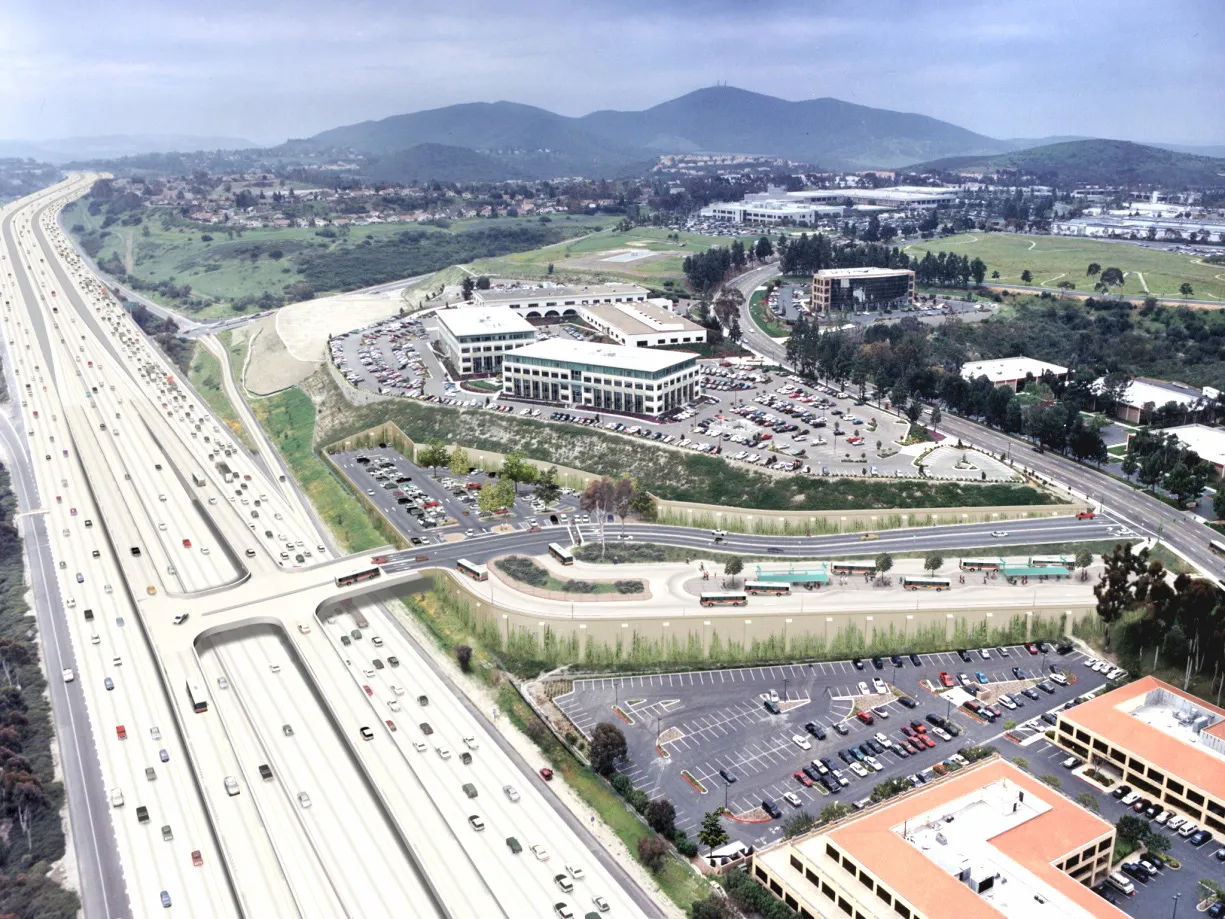Trimble is offering the integration of LOADRITE X2350 excavator scales and L2180 wheel loader scales with its latest management software. LOADRITE weighing systems help increase productivity and efficiency for excavator and wheel loader operations, allowing material movements to be tracked and creating more efficient loading.
January 6, 2017
Read time: 2 mins

Integration with the software gives machine operators and managers instant access to excavator and wheel loader payload information such as Total bucket loads, trucks loaded and running totals. If additional reporting is required, the Loadrite systems have a separate monitor in the cab and accommodate an optional printer for outputting load tickets or end-of-shift reports in the field.
“The main advantage of the integration of Loadrite excavator and wheel loader systems with Trimble’s software is that it allows operational managers to see the actual activity in near real time. It allows them to look at Total production, Total performance and measure these against targets and budgets as well as looking at more detailed information on machine performance,” said Johan Smet, General Manager, Trimble Loadrite.
The software allows project managers to remotely manage daily or Total payload reporting from Trimble Loadrite scale operations equipped with a Trimble SNM940 Connected Site Gateway, which is a telematics communications device.
Integrating payload weight information with fleet dynamics and cycle time tracking provides metrics for monitoring and improving both machine and project performance. Machine operators work as they normally would on site, entering data with the easy-to-use features on the Loadrite in-cab display.
The Trimble SNM940 Connected Site Gateway automatically relays data to the software for near real-time analysis and action. The package then serves as the interface for managers to make allocation decisions and minimise bottlenecks with a series of reports on individual bucket loads, tonnes/hour and unused capacity.
www.loadritescales.com







